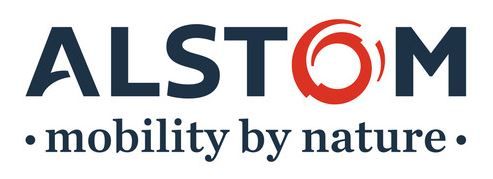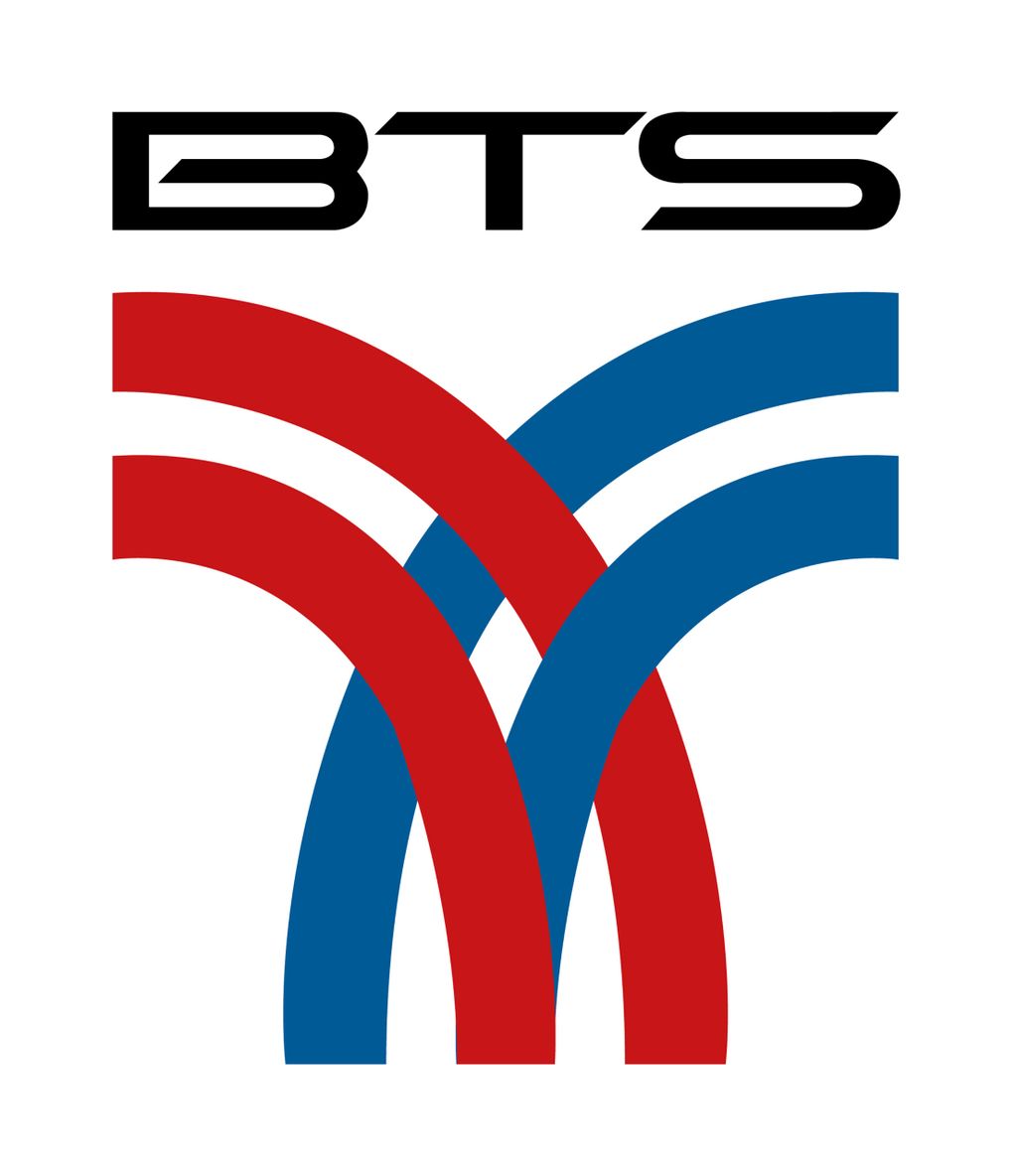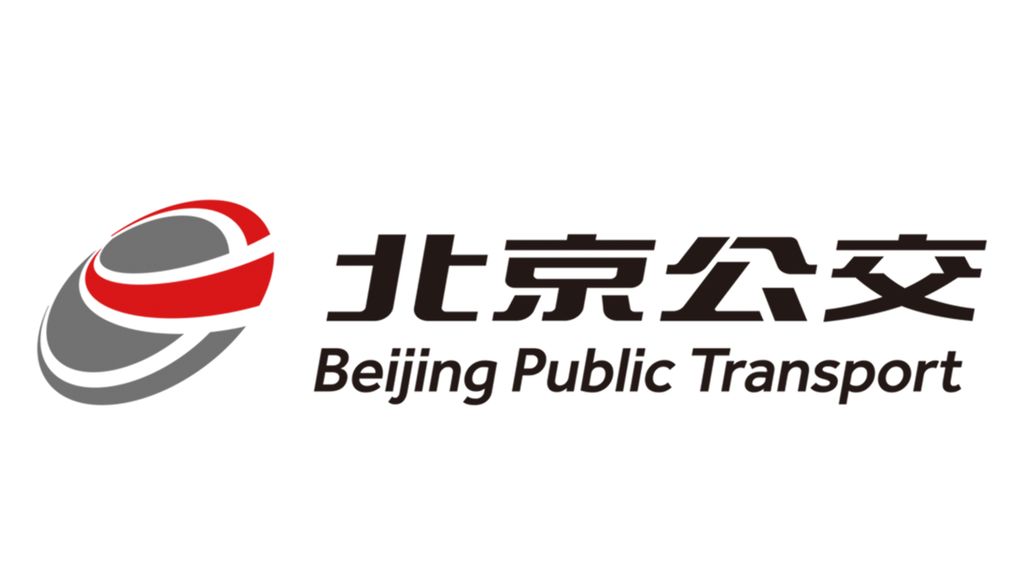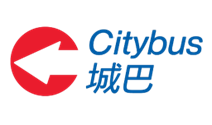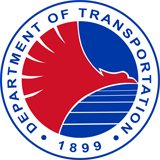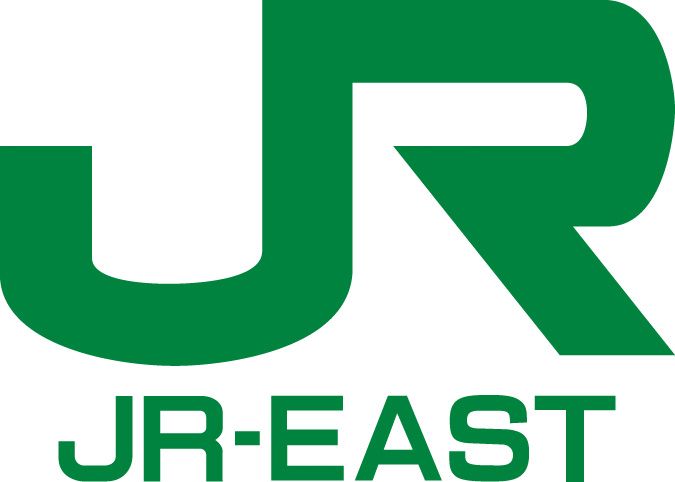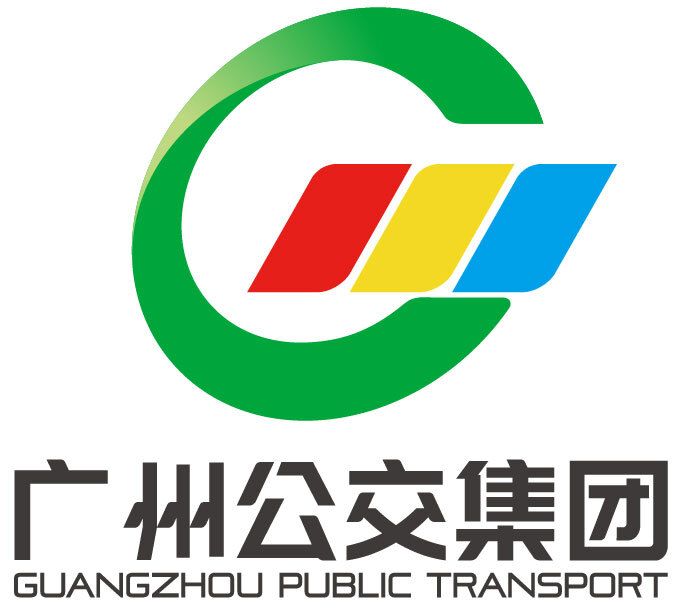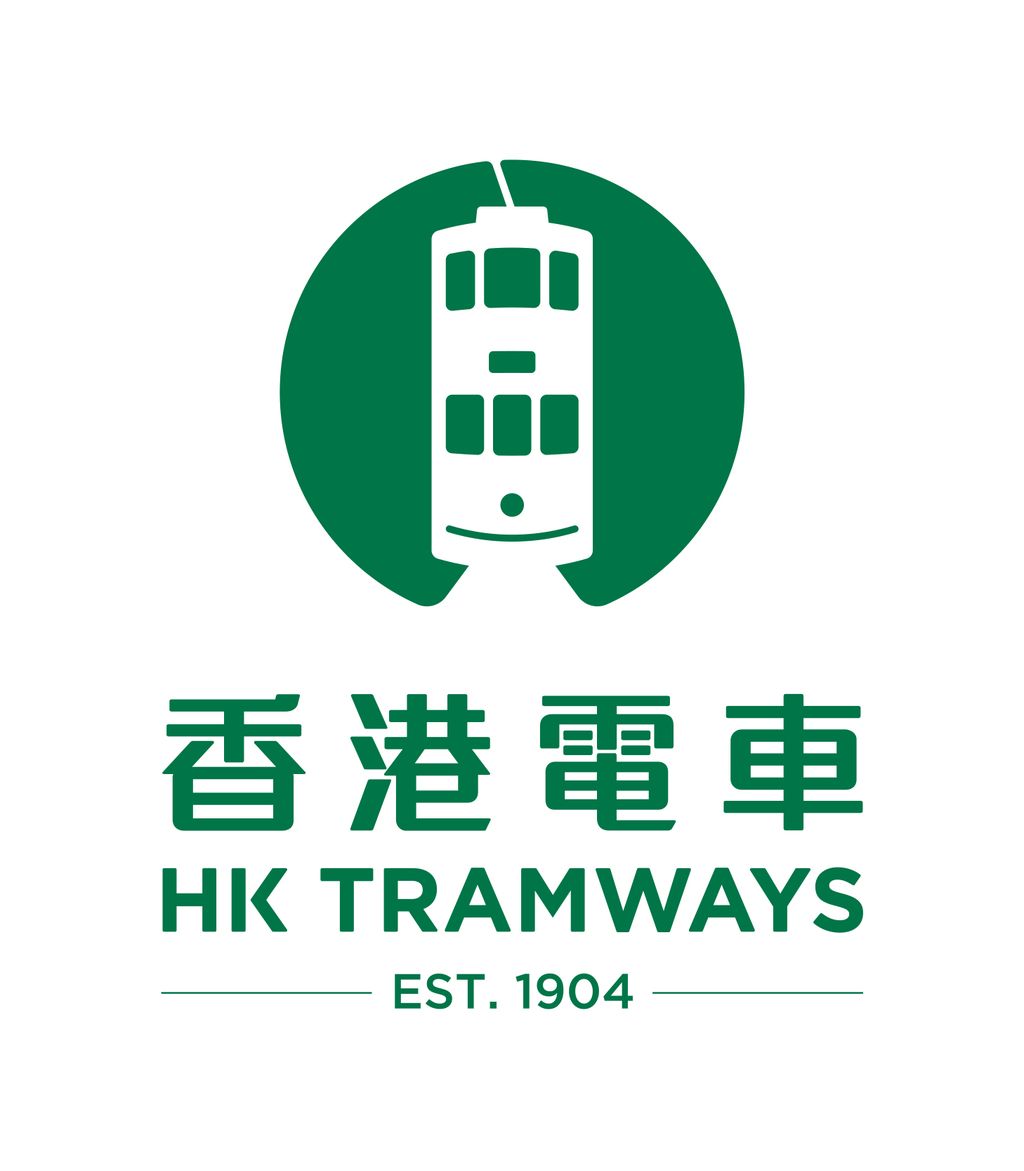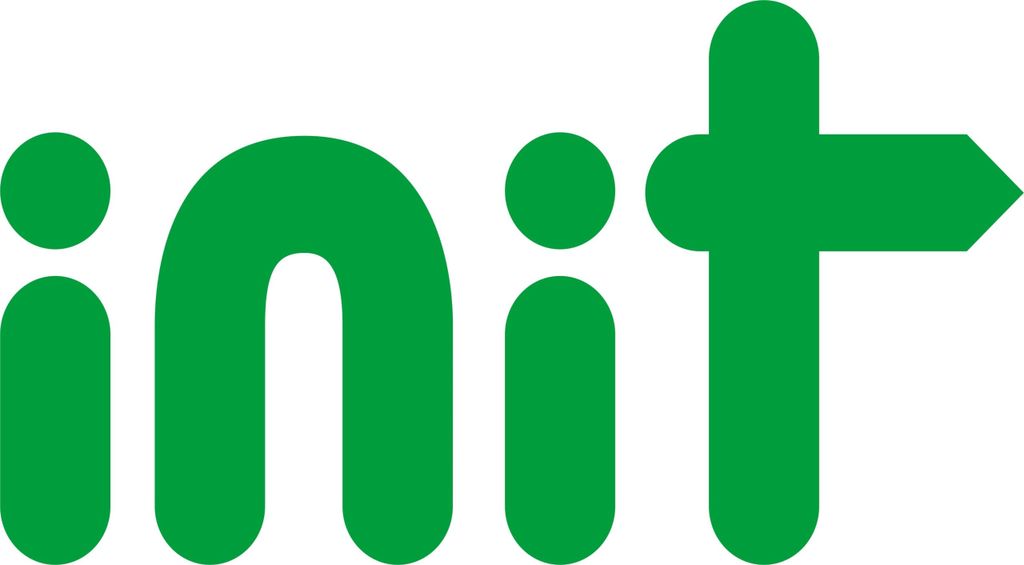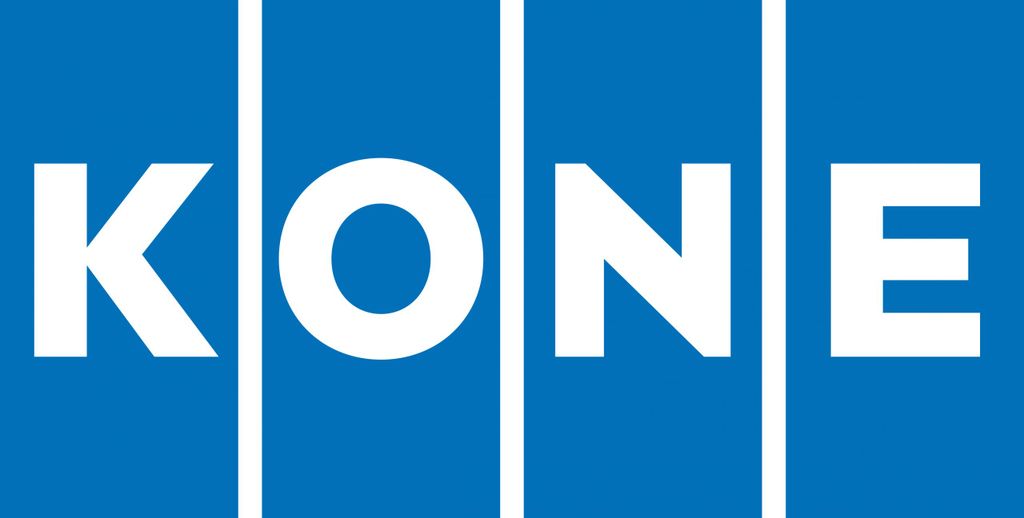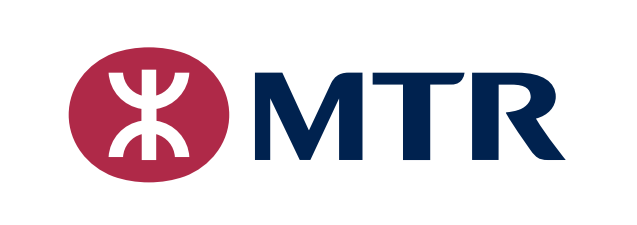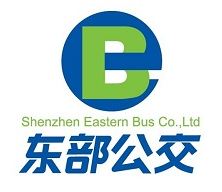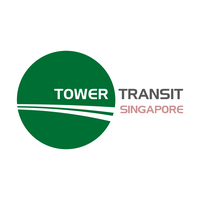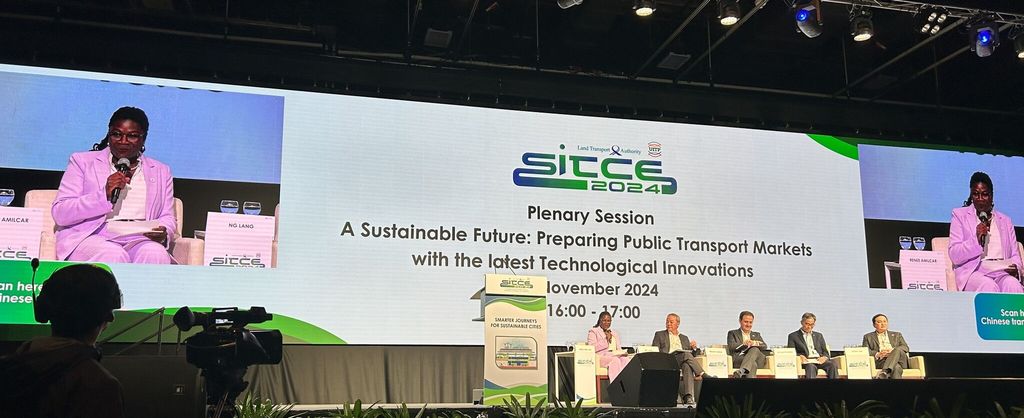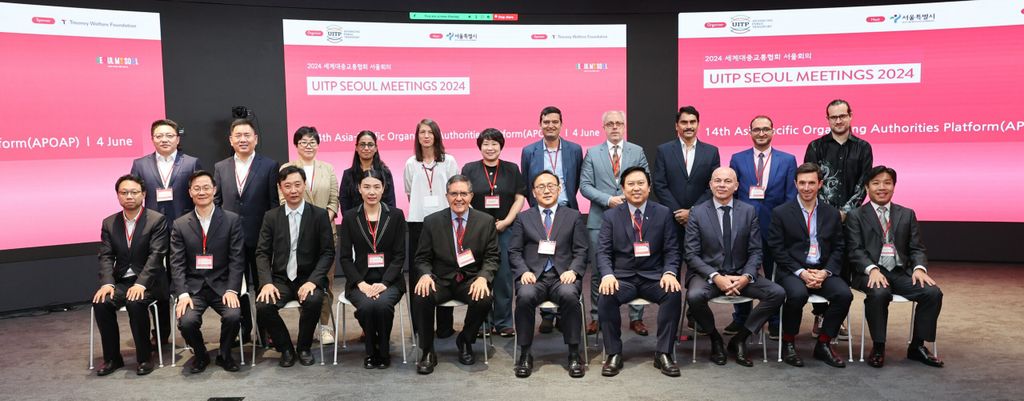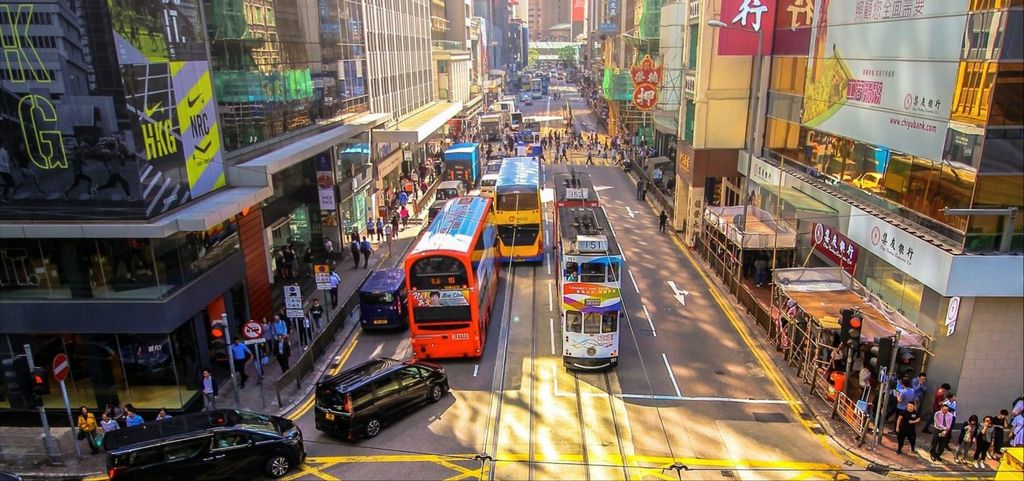
Asia-Pacific
UITP in Asia-Pacific
UITP’s membership and work in Asia-Pacific began in 1993. The main goal of UITP in this region is to foster knowledge and insight exchange between public transport practitioners for better transport developments.
Over 200 members in the Asia-Pacific region come from 15 different territories and include public transport authorities and operators, policy decision-makers, research institutes and the public transport supply and service industry coming from China, Hong Kong SAR China, Macao SAR China, Bangladesh, Indonesia, Japan, Korea, Malaysia, New Caledonia, Philippines, Singapore, Sri Lanka, Chinese Taipei, Thailand as well as Vietnam.
The UITP Regional Office is located in Hong Kong, with a Centre for Transport Excellence in Singapore.
The Working Bodies of UITP Asia-Pacific include the UITP Asia-Pacific Urban Rail Platform, the UITP Asia-Pacific Organising Authorities Platform and the UITP Asia-Pacific Bus Platform.
UITP Asia-Pacific Centre for Transport Excellence
The Asia-Pacific Centre for Transport Excellence was set up in 2012 in a joint effort between the Land Transport Authority of Singapore (LTA) and UITP.
Its mission is to foster sustainable mobility systems, which meet Asia-Pacific needs, and improve the overall quality of life in the region.
Concretely, this Centre for Transport Excellence aims to:
- Create knowledge through bespoke research projects that explore the latest trends in sustainable urban mobility.
- Share best practices and build capacity with training programmes.
- Promote excellence in the sector and foster business partnerships with leading transport events such as the biennial Singapore International Transport Congress and Exhibition (SITCE).
UITP Publications for Download
Explore the latest insights into sustainable urban transport with following pivotal publications from UITP and discover how these publications collectively provide a comprehensive roadmap for cities and transport authorities aiming to enhance sustainability, safety, and efficiency in public transport.
Dive into these essential resources and join us in shaping the future of urban mobility!
“Low Emission Zones: Key Takeaways from Early Adopters” – Discover how pioneering cities are successfully implementing low-emission zones as a solution to address congestion and enhance air quality in cities.
“Pathway to Multimodal Transport: Reinforcing public transport with active and micromobility“ – Learn about the strategies for integrating diverse transport modes, creating a seamless and efficient urban mobility network.
“Cybersecurity for Small to Medium Public Transport Operators” – This report tackles the unique challenges of digital security faced by public transport operators, ensuring the safety and reliability of public transport systems.
“Stations of the Future: How to Make Stations Better, More Inclusive Transport Hubs“ – This report explore innovative designs and technologies that are set to redefine urban transit hubs, making them more efficient and user-friendly.
“Depot Adaptations for Clean Bus Technologies“ – This Report is part of a fact sheet series on clean bus technologies and focuses on the main aspects in the different phases of planning and deploying a new depot or upgrading an existing one.
“Depot adaptations for clean bus technologies. Factsheet 2: Fuel cell hydrogen bus depots“ – Gain insights into the infrastructure and benefits of hydrogen-powered buses, a key component of sustainable urban transport. This Report is part of a fact sheet series on clean bus technologies.
Membership benefits
Public transport in the region
- Singapore
During the period when the city was faced with high alert on COVID-19, 45.5% of Singapore commuters were frequent (>1 time per month) on-demand mobility service users with 30-49 years old were the main users of these services. *
- Tokyo
Tokyo had the lowest level of on-demand mobility service users compared to the other 3 cities. Only 12.3% of commuters chose to frequently use on-demand mobility services for commuting. *
- Bangkok
Bangkok had the highest level of on-demand mobility service users compared to the other 3 cities during the high alert period of COVID-19. 62.0% of commuters frequently used on-demand mobility services with 30-49 years old as the primary users of these services. *
- Taipei
Nearly half of Taipei commuters (50.5%) claimed they frequently (more than once a month) used on-demand mobility services in the online survey. *
UITP Asia-Pacific Regional Office
Contact
UITP
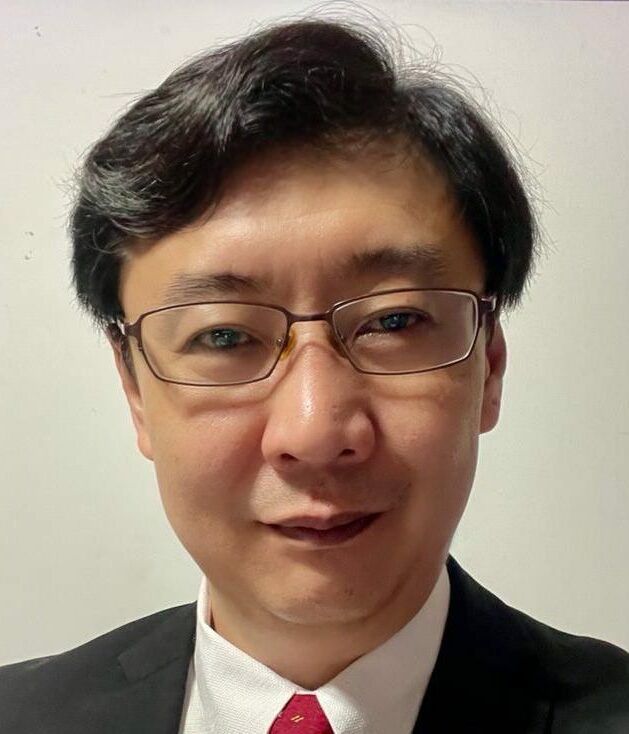
UITP

UITP

UITP

UITP Asia-Pacific Centre for Transport Excellence
Contact
UITP

Poornima SINGH
Manager for Research and Membership Services, UITP Asia-Pacific Centre for Transport Excellencepoornima.singh@uitp.org
become a member


